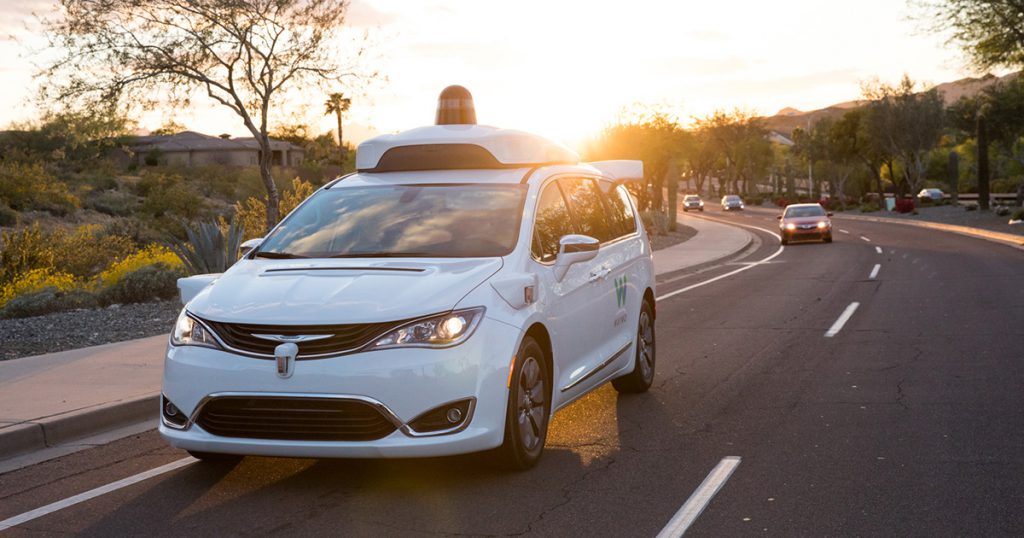slides:
https://drive.google.com/open?id=1afXfHpiUGAPREHSEK8B3sks6LEo8AsT2sSCntXPlQk0
Principals
- A field of AI that employs data collection to identify patterns and aid decision making
- System / machine improves over time
Case Study – Voice Assistants
Goal: Imitate human conversation
Process: Learn to ‘understand’ the nuances and semantics of our language
Actions: Compose appropriate responses / execute orders
For example, Siri can identify the trigger phrase ‘Hey Siri’ under almost any condition through the use of probability distributions.
In the battle of Xiao Ai versus Siri, it was realized that due to the machine learning specific to the cultural locality, Xiao Ai could function way better for the mainland China consumer. It knew how to send money to the user’s contacts on WeChat, whereas Siri only send a text message. It could also accurately find the user’s photos from an outing on a previous weekend with friends to upload to social media.
Case Study – Self Driving Cars
Goal: Imitate human driving
Process: Identify vehicles, humans and objects on the road
Actions: Make decisions for the movement of the vehicle based on scenarios presented
Waymo was a company started by Google. Machine Learning is showing much advancement in the cars ability to analyze sensor data to identify traffic signals, actors and objects on the road. This is allowing the car to better anticipate behavior of others. Hence they are getting closer to a real human driving experience powered by this machinery.
Waymo has started in their autonomous taxi service in Chandler, Arizona.
Future implications
-
Internet of things: Enhanced personalization
Machine learning personalization algorithms will be able to build data about individuals and make appropriate predictions for their interests and behavior. For example, an algorithm can deduce from a person’s browsing activity on an online streaming website and recommend movies and tv series that will interest the person to watch. Currently, the predictions may be rather inaccurate and result in annoyance.
However, they will be improved on and lead to far more beneficial and successful experiences. Also, with unsupervised algorithms, it will be possible to discover patterns and complex data that supervised methods would not be able to. Without any direct human intervention, this will result in faster and more accurate machine learning predictions.
2. Rise of Robotic Services
The final goal of machine learning is really to create Robots. Machine learning makes possible robot vision, self-supervised learning, and multi-agent learning, etc.
We have seen the Henn na – or Weird Hotel in Japan where Robots are providing the entire service for all the tourists who stay there.
Robots will, one day, help to make our lives simpler and more efficient.
Conclusion
Machine learning is a really promising technology. If we can harness it for the good of humanity, this could drive great change in our quality of life.








